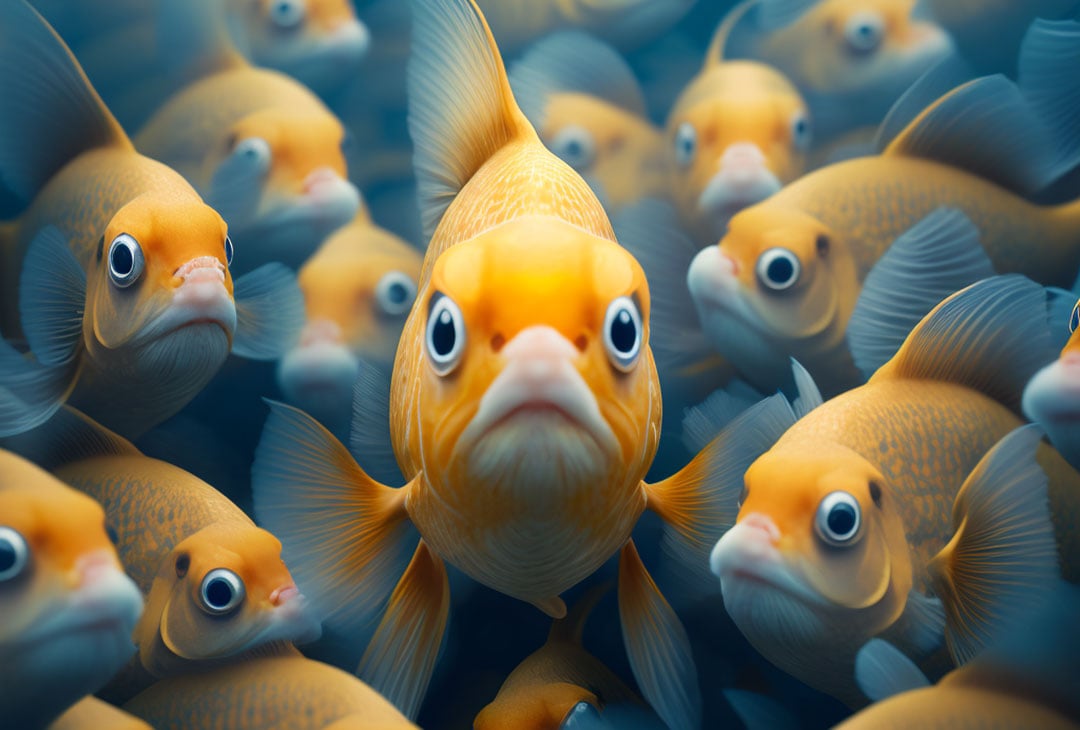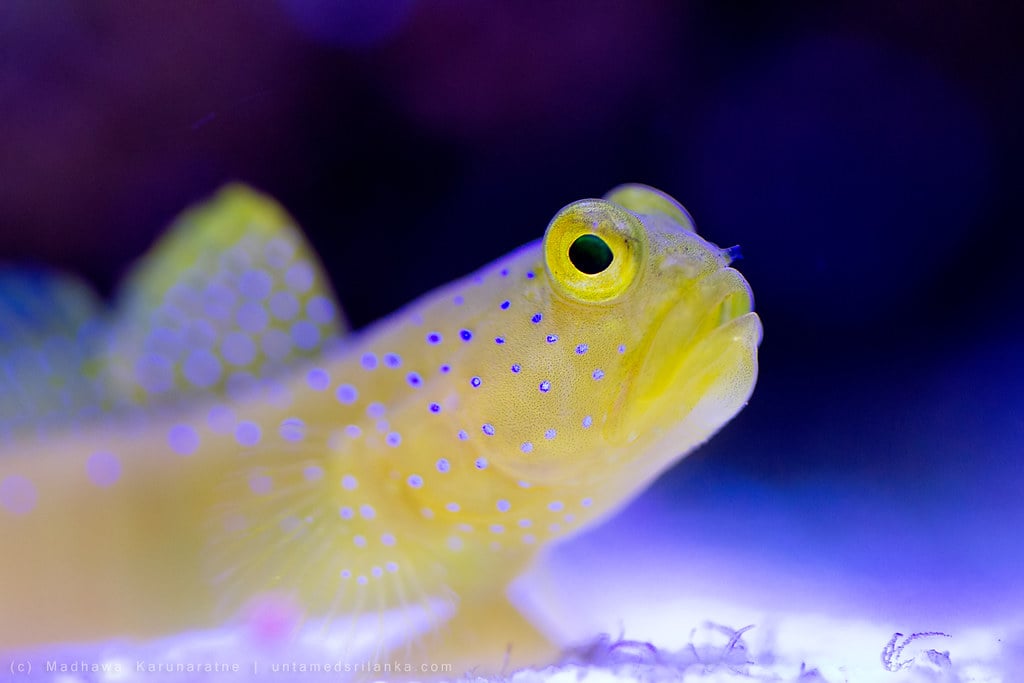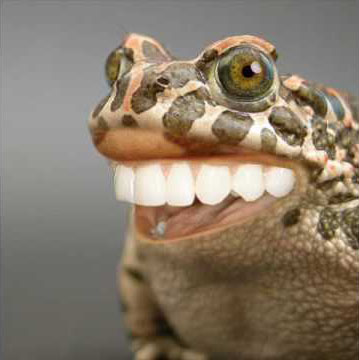How does the nitrogen cycle “survive” large or even 100% water changes? I don’t want to stir up a discussion about what is best, and I understand that we all live in different places were conditions and water quality is different and also that we all choose to keep our fish differently because we thinks its the best for them. Therefore I am simply looking for an explanation on how the idea of regular huge water changes works in practice.
I see recommendations of very large water changes in goldfishkeeping, especially in bare button setups and grooming setups. This is very practical, for systems that are heavily stocked. I also see them have filters in them, and this I can’t really understand, unless they are there only for mechanical filtration.
What stirred up this thought, came from a recent experience where I lost some fish. I had a tub with 10 fry in a tub (90 lit – 20 gal) with fresh tap water (no chlorine or chloramine in our systems here). I added a cycled filter from my main tank. I then added the fry (after acclimatizing them slowly) and I expected this to work well. The fish got a very serious fungal infection within 3-4 days, and I lost most of them.
My theory of what went wrong is, that the cycled filter did not have access to ammonia and nitrite to maintain the bacteria balance, and therefore crashed. The breeder that I got them from, told me that he changes the water daily, but he had approximately 100 fry in a tub that was the same size, so I assumed that a cycled filter would have not issue with keeping up. I fed them 3-4 times a day but very moderate quantities so I did not expect the system to crash like this
So my question is, do very large water changes work, if they are not made often? Don’t larger water changes crash or almost crash the filter in systems that reliant on biological filters? In systems that are reliant on biological filtration, is partial water change not better, to maintain a more balanced filtration performance?
No, large water changes will not typically crash an established cycle. The vast majority of the bacteria that break down nitrogenous wastes live attached to surfaces: filter media, hardscape, substrate, and plants. Filter media are designed with surface area in mind: the hang-on-back (HOB) filters using the plastic cartridge covered with fiber floss has lots of slots to allow water to pass through and over the fibers, which are frizzy and are easily colonized. Canister filters hold stacked baskets of media like porous, ceramic rings that are designed to maximize surface area and house a ton more helpful organisms than even the fiber-covered plastic cartridge.
When starting a new tank, it’s a good idea to throw some of your existing, healthy tank’s filter media (or plants or hardscape) in to jump start the community of microorganisms that keep your aquatic buds safe. You can use a friend’s, but only if you’d trust them to care for your fish at least as well as you do, as harmful organisms can also attach to surfaces and be carried along.
Thanks for this. My concern is, that there aren’t enough nutrients in the newly changed water, to maintain a stable bacteria population. There are two different types of bacteria that need either Ammonia or Nitrate to exist but if all, or almost all water is replaced, there is none. If there are enough fish in the tank, they will in time naturally create some ammonia but the bacteria that break down ammonia, but the bacteria that break down nitrites will have to wait until the first type start breaking down ammonia.
The concern is that this will diminish the amount of bacteria that live in the surfaces that you mention
Let me give an example.
In a new 300 liter tank (80 gal) you fill it up with dechlorinated water, add a cycled filter, and add one single fish. This will, I assume starve the bacteria in the filter, presumably killing the ones that take care of the second part of the nitrogen circle (breaking nitrites down to nitrates).
You can add a little fish food if you’re worried about starving the bacteria, but really, microorganisms can live pretty well off their dead brethren.
ETA: It is super important to test for ammonia, nitrite, and nitrate at least once a day if you add fish food and live fish to a new tank, even when using established filter media. It doesn’t take much fish food to crank the ammonia up to a point where it’s hard to get it back under control.
Interesting. I think that what went wrong was that i started up a tank with a cycled filter but everything else was clean. Clean water, tank and no gravel may have not been enough to start the cycle enough to support 10 fry at 2cm
Clean water, tank and no gravel may have not been enough to start the cycle enough to support 10 fry at 2cm
An empty tank has far less surface area for bacteria to cling to, even if you have cycled media. People talk about cycled media as if it’s magic but it’s only a (admittedly large) part of the equation.
Spinnetrouble is absolutely correct
Let me help you out here: https://seachem.com/stability.php
After you complete a waterchange, add Stability to replenish/stabilize the bio-filter by intoroducing a blend of aerobi/anaerobi/factultative bacteria to help bridge the gap after a big WC.
the bacteria that break down nitrites will have to wait until the first type start breaking down ammonia.
The bacteria will not starve that quickly, but lets pretend it does: Even if you had no fish at all, it is very simple to introduce things that could provide the bacteria with ammonia to continue their feeding cycle, anywhere from ammonia-in-a-bottle to simply dropping in food.



